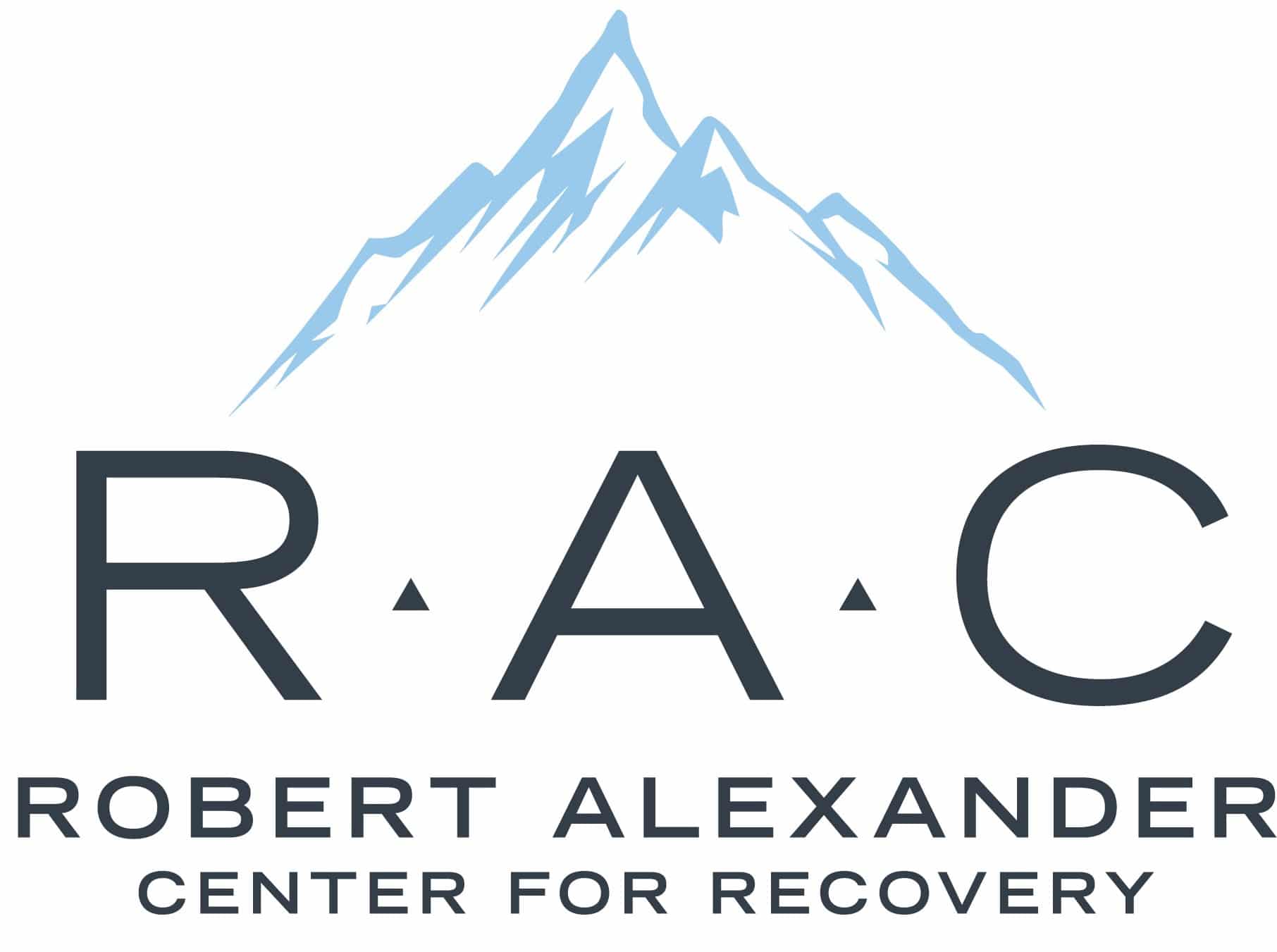Drug use disorders and addiction are responsible for sending millions of people in the U.S. for treatment each year. However, according to statistics, only a fraction of those who need treatment for drug addiction receive the treatment they need to straighten out their lives. Before we dive into the FMLA (Family and Medical Leave Act) you may think that drug addiction is confined to the unemployed and those who have casual jobs but you’d be wrong.
According to some reports, an estimated 10% to 25% of the working population in the country works while under the influence of either drugs or alcohol. The most commonly abused drugs, even in the workplace include cocaine, heroin, meth, opioids, and prescription sedatives.
Drug use in the workplace causes problems for both employees and their employers, costing company resources that could have been put to other use. Depending on where one is working, using drugs in the workplace can result in poor decision-making, reduced productivity, poor job performance, and a loss of efficiency. In some cases, it can even lead to injuries or threaten public safety e.g. a bus driver or a machine operator working under the influence of drugs.
Receiving treatment for drug addiction is a step that many are willing to take. However, fear is a significant issue affecting those who want to go to drug rehab. Some of the common fears include:
- Fear of going through withdrawal
- Fear of losing friends
- Fear of stigmatization
- Uncertainty over how to live without drugs
- Uncertainty over who will provide childcare when they’re gone
- Fear of losing their jobs or income
By far, the last one is the greatest barrier to receiving drug addiction treatment, not only in Kentucky but in the country as a whole. There is this fear that if you enroll in rehab, you might end up getting fired because of taking an extended absence from work as you seek treatment.
Thankfully, the FMLA addresses this very issue.
The Family and Medical Leave Act – FMLA
Deciding to go to drug rehab is a difficult choice and losing your job, as a result, is a steep price to pay. The good thing is the Family and Medical Leave Act (FMLA) covers your right to unpaid, job-protected leave for specific health reasons. But first, what is the FMLA?
The FMLA was signed into law in 1993. This act provides eligible employees with up to 12 weeks of unpaid leave in a 12- month period. During this time, the act allows you to still access your employee health insurance and benefits.
You can receive leave under the FMLA for a variety of reasons including:
- Childbirth where you have to take care of the newborn for the first year of birth.
- Caring for a severely ill family member including your spouse, child, or parent.
- Taking in a foster or adopted child during the first year of placement in your family.
- To take care of your own health should you have a major health issue that’s keeping you from effectively discharging your duties.
- Any exigencies involving you or your family member that arises from active military duty.
If you are working and struggling with drug addiction, you may be apprehensive about seeking treatment due to concerns about losing your job. This needn’t be the case as drug addiction is considered a complex disease that affects you mentally, emotionally, and physically and you can seek treatment while protected from job loss, as long as you’re eligible under the FMLA.
Eligibility for FMLA (Family and Medical Leave Act)
While FMLA does protect your rights to take reasonable leave to receive drug addiction treatment, not everyone is eligible. Some of the requirements for FMLA alcohol treatment coverage are:
- Being employed by a covered employer.
- Working for that employer for 12 or more months, not necessarily consecutively.
- Working for a minimum of 1250 hours in the 12 months before your leave.
For your employer to be covered, they have to:
- Have at least 50 employees working at locations within 75 miles of each other.
According to the U.S. Department of Labor, covered employers include those in the private sector with 50 or more employees working for 20 or more weeks annually, any local state or federal government agency as well as any public or private elementary or secondary schools.
FMLA For Drug Rehab
Now that you know that it’s possible to get leave under the FMLA to receive addiction treatment, there are a few things to keep in mind.
- Be familiar with your employer’s stand on FMLA leave. Some require you to request time off under the FMLA and notify them beforehand.
- The FMLA only provides leave on condition that you are receiving treatment for drug addiction at an accredited health facility. It doesn’t cover time off due to drug abuse. Ensure that you are familiar with your employer’s alcohol and substance abuse policy to avoid running into trouble.
- The FMLA provides for 12 weeks of unpaid leave. The leave can be taken all at once or incrementally but it has to be within 12 months. Remember this is unpaid so you won’t receive compensation for the time you’re away from work.
Drug Rehab Treatment that is Right for You
Balancing your work life with drug addiction treatment can be tricky especially when you’re worried about losing your job or meeting the rehab costs. On the bright side, receiving the treatment you need will improve the quality of your life both at home and at work.
At the Robert Alexander Center for Recovery, we can help you receive the necessary treatment you need to get and remain clean. We have a variety of drug addiction treatment options and we’ll conduct an assessment that will help you identify one that agrees with your schedule. We will even provide aftercare treatment to help you once you’ve completed treatment.
Contact us today to speak to a member of our team. Our lines are open 24 hours a day and we’re ready to guide you, clarify information, or answer any questions you have.



